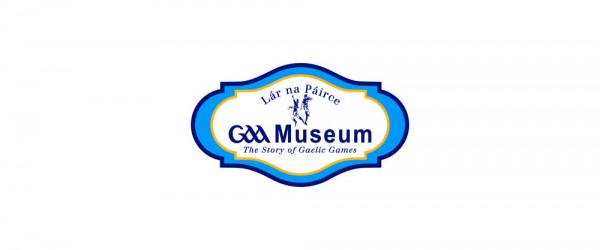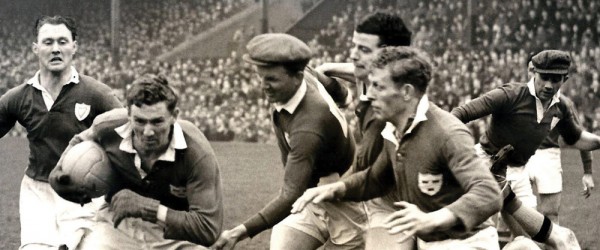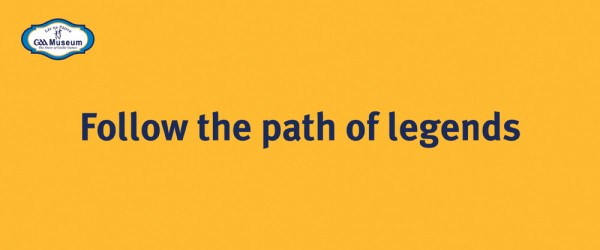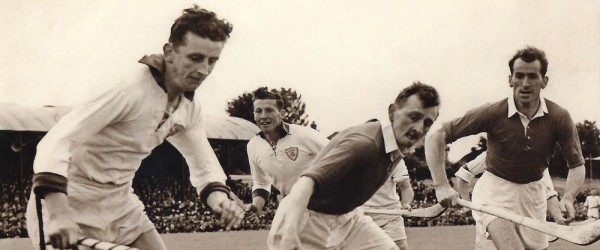In the light of the upcoming auction of Phil Shanahan’s medal collection, we thought it appropriate to post this profile of this former Tipperary and Toomevara hurler.
When one mentions Phil Shanahan one is talking about one of the great centrefield players that the county has produced down the years. He holds his place in the company of other names who have made that part of the field their own, players of the calibre of Tommy Treacy, Jimmy Cooney, Theo English and Mick Roche. Phil was a fine centrefield player, a real Toomevara Greyhound, who could stay going all day, a man with a tremendous workrate. A powerful man, he could hold his own with the best and he was always in tip top shape. He played at a time when centrefield play was much more vital in the scheme of hurling things than it is today.
He was centrefield on the three-in-a-row teams of 1949, 1950 and 1951, alongside different partners in each year, Sean Kenny, Seamus Bannon and fellow-Toomevara player, John Hough. He was one of eight players who played in the same position for the three championships.
Born in the parish of Toomevara in January 1928, Phil showed early promise making his debut at senior level with his club in the 1945 championship, while still only seventeen years of age. Toomevara were back in senior ranks for the first time since 1938, when they failed to field a team in the first round of the senior championship. In 1946 Phil won his first divisional medal when Toomevara defeated Roscrea in the North final, their first victory since 1931.
He made his county debut with the minors in 1946. In the Munster final against Cork he collected a mis-hit seventy-yard free near the end of the game to score the winning goal and win the match by a point. Galway were well-beaten in the All-Ireland semi-final but the final was lost to Dublin in the infamous Billy O’Brien goalmouth incident. In the last few minutes the Dublin forwards succeeded in getting the ball over the goal line for a goal, which was only awarded after a three-minute consultation between the referee, M. J. Flaherty of Galway, and the umpires. Both the umpires claimed that the goalie, Billy O’Brien of Nenagh, had been fouled before the goal was scored but the referee didn’t see the foul and allowed the goal. Dublin won by 1-6 to 0-7.
Phil’s first entry into senior ranks was to be selected on the 1948/49 National League team at. Tipperary qualified for the final against Cork at Thurles in February. They won by two points and Phil had a good game at centrefield, partnered by Pat Stakelum. It was Tipperary’s first victory in the competition since 1928 and a great boost for the championship.
Tipperary were drawn against the same opposition in the first round of the championship and it took them two-and-a-half hours to achieve victory. It was the start of three glorious years during which Phil played a pivotal role at centrefield. As well as winning three Munster finals and three All-Irelands he also won two more National League medals, in 1950 and 1952 respectively. Another medal was to be won in 1957. As well as the medals, there were two trips to the U.S., in 1950 and again in 1957.
Other achievements from this period include an Oireachtas medal in 1949 and successive Monaghan Cup medals between 1949-1953. Thomond Feis medals were won in 1949 and 1951. He was on the successful Ireland teams in the Representative Games series in 1952 and 1953, winning the Sports Star of the Week award in 1952 for his display on Joe Salmon of Galway. Four Railway Cup medals were won in 1950, 1951, 1952 and 1953. He was long puck champion of Ireland in 1951.
Early in 1950 Phil left his father’s farm to work in Johnson Mooney and O’Brien bakery in Dublin and play hurling with the Young Irelands club. He continued playing for Tipperary until 1953, moving to centreforward in the latter year. He played for Dublin in 1954 and 1955, partnering Norman Allen in the former and Con Murphy in the latter year at centrefield. Dublin were beaten by Wexford in the 1954 Leinster final and by Kilkenny in the 1955 Leinster semi-final.
In 1956 he changed jobs and joined Esso (Ireland) Ltd. and started working at Clonmel. He started playing for Toomevara and Tipperary once again. He won his fourth National League medal in 1957 and got his second trip to the U.S. in October. In the meantime Tipperary lost the Munster championship semi-final, defeated 5-2 to 1-11 in one of the most tantalising defeats ever suffered by the county. It was a game that Tipperary should have won and it was lost through a combination of adverse circumstances together with a share of ill-luck.
Phil retired from inter-county hurling after returning from the league trip to the U.S. Then began a very fruitful period of his career with Toomevara. He played in seven consecutive North finals from 1957-63, winning four and losing in 1957, 1959 and 1963. He captained the team in 1958. There were three county final appearances, with defeats in 1958 and 1961, and a great victory over Thurles Sarsfields in 1960, a victory that prevented the Thurles club winning six in a row.
Phil eventually retired from club hurling in 1966 after a career of over twenty years. He turned his attention to training and coaching. His training career began with Portlaoise, where he helped the club to five senior football titles between 1966 and 1971. He attained a coaching certificate in hurling in 1977. When he retired from Esso in 1982 he trained and coached Killenaule to win three South Tipperary intermediate championships in hurling, in 1983, 1985 and 1986.
Married to Joan Power in 1958 and with a family of three sons, Phil Shanahan has contributed enormously to the G.A.A. at club and county level. He believes passionately in the game of hurling and has put that belief into practice through his coaching and training. He is very articulate on the G.A.A. and can speak at length of his playing days and the great players he met. He was always professional in his approach to the game and his dedication to training and preparation made him a man before his time. The Tipperary county board couldn’t afford county training before the 1949 league final and the players had to train themselves. Phil recalls: ‘I used to get up at seven o’clock in the morning and run and sprint in our field at the back of the house in order to achieve the required standard of fitness to beat this great Cork team.’ Such dedication is remarkable and was reflected in the many great performances he gave for his club and his county.





